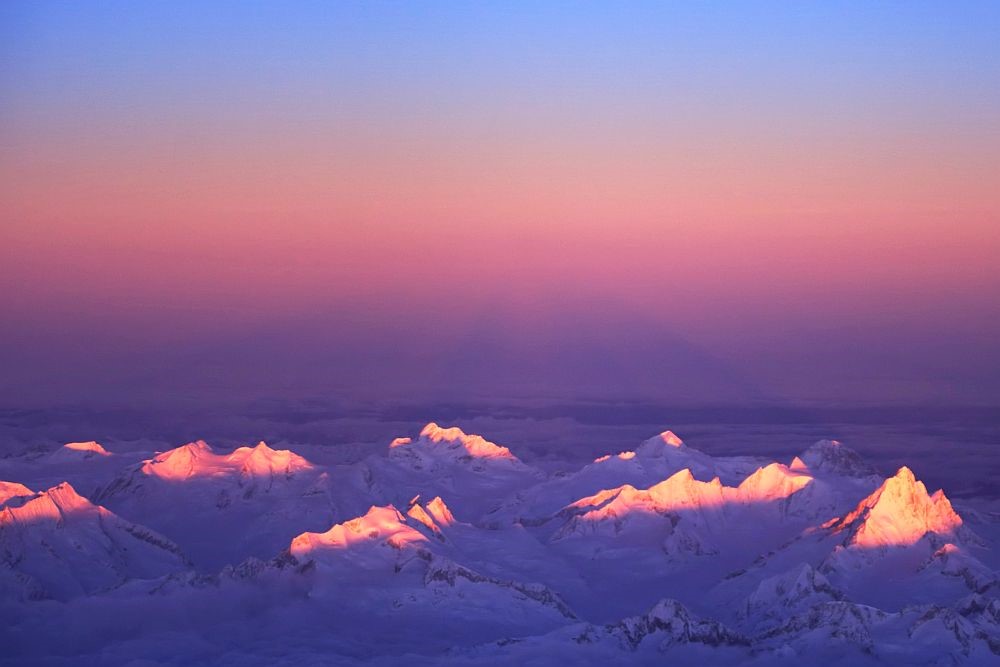Free Courses Sale ends Soon, Get It Now


Free Courses Sale ends Soon, Get It Now



Disclaimer: Copyright infringement not intended.
Context
Astronaut Captures Stunning Alpenglow Phenomenon near Hindu Kush from ISS.
Details
Alpenglow
Hindu Kush
International Space Station (ISS)
|
PRACTICE QUESTION What is the name of the phenomena (driven by the scattering of light) in which mountain tops acquire a rosy or orange hue around sunrise and sunset?
Answer C |
© 2024 iasgyan. All right reserved